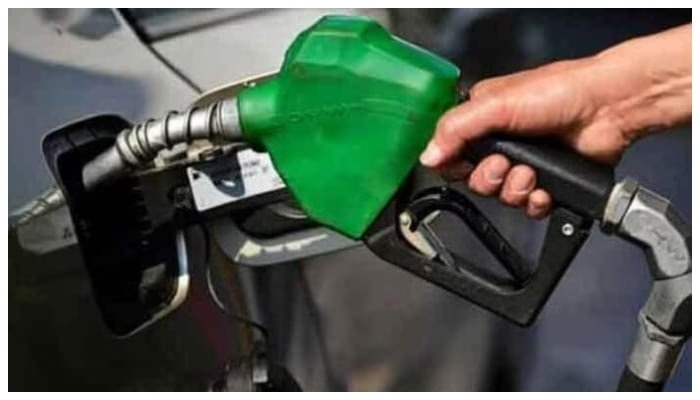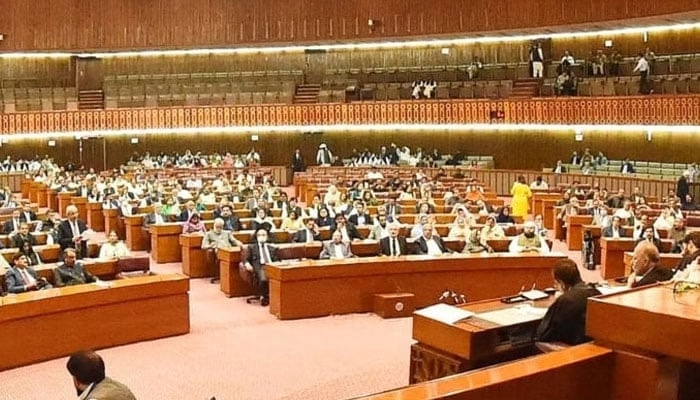There’s some relief for consumers as the prices of petroleum products, including petrol and high-speed diesel, are expected to remain unchanged for the next fifteen days starting May 1, 2025. According to reliable sources within the oil industry and the government, fluctuations in international oil prices have been too minor to warrant any adjustments in domestic retail rates.
This development comes at a time when consumers are already burdened by inflation in essential commodities, and the stability in fuel prices may bring slight but welcomed relief to households and businesses alike.
No Major Fluctuations in Global Market
As per industry estimates, the global prices of crude oil have remained relatively steady over the past two weeks. The minor changes in the rates have translated into negligible shifts in domestic fuel costs. According to reports, petrol is expected to decrease by just Rs. 0.016 per liter, while the price of high-speed diesel may increase by only Rs. 0.01 per liter.
A senior government official, while speaking on the condition of anonymity, confirmed that “such minimal changes will not be transferred to the public. The cost difference is too small to justify revising retail prices, and the government is likely to keep the current pricing structure intact for the next fortnight.”
Petrol and Diesel Prices Hold Steady
Currently, the price of petrol stands at Rs. 289.41 per liter, and high-speed diesel is priced at Rs. 282.24 per liter. The stability in pricing comes after a series of adjustments earlier this year in response to volatility in the international oil market and currency fluctuations.
Although oil-importing countries like Pakistan are vulnerable to global market trends, this rare period of calm offers the government a chance to hold off on any immediate fuel price hikes.
Government’s Strategy: Cushion Minor Market Volatility
Officials from the Ministry of Energy and the Petroleum Division have indicated that the government is adopting a more measured approach when it comes to revising fuel prices. Instead of reacting to every minor fluctuation, the current strategy is focused on absorbing small changes internally, especially when they fall within the margin of operational costs.
This strategy, officials say, prevents unnecessary panic and helps ensure economic stability, particularly in the transport and logistics sectors, which are directly affected by fuel costs.
Public Reaction: A Temporary Relief
Consumers across the country have expressed cautious optimism over the news. Even if the prices are not going down significantly, at least they’re not going up,said Aslam Khan, a motorcyclist in Lahore. Every rupee matters these days. So no increase is still good news.
Public transport operators also welcomed the development, noting that fuel cost stability helps them avoid sudden fare hikes. Fuel is our biggest operating cost. When prices remain stable, we can maintain our fares without upsetting passengers, said Shahid Mehmood, a rickshaw driver in Karachi.
Opposition Questions Pricing Mechanism
Despite the seemingly positive news, opposition parties have raised concerns about the transparency of the pricing mechanism. They argue that even minor reductions should be passed on to the public, especially when oil prices dip in the global market.
There should be full transparency in how the government calculates fuel prices, said an opposition lawmaker. Even a small reduction is a right of the people and should be reflected at the pump.
OGRA’s Role and Recommendations
The Oil and Gas Regulatory Authority (OGRA) continues to submit its bi-weekly recommendations to the Ministry of Finance. However, final decisions on fuel prices are taken by the federal government, which also considers political and economic factors in addition to OGRA’s proposals.
For the upcoming pricing cycle starting May 1, OGRA has reportedly suggested keeping the prices steady due to insignificant movement in global crude rates and minimal impact on import premiums.
If global oil prices remain stable or decline further, consumers may see a bigger cut in petroleum prices in the coming weeks. However, any geopolitical instability, currency depreciation, or increase in demand could reverse this trend.
Until then, the government is expected to maintain the current rates and avoid passing on minor price variations to the public, thereby ensuring short-term price stability for both personal and commercial fuel consumers.



